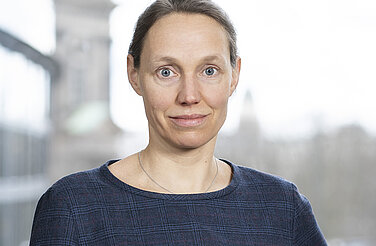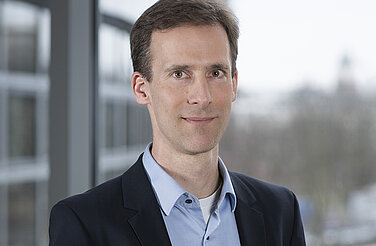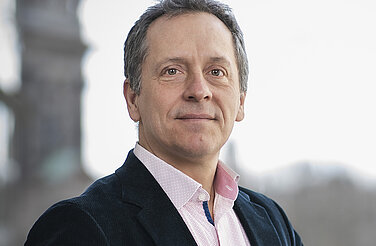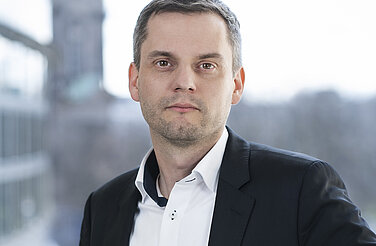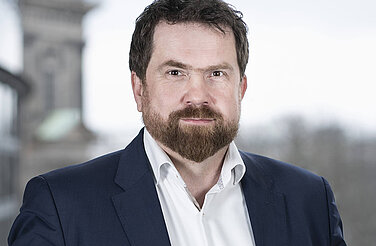-
pdf 84 KB
Agora Council for Europe
Status October 2023
-
pdf 119 KB
Agora Council for Germany
Status December 2023
-
pdf 180 KB
Supervisory board
Status November 2023
-
pdf 141 KB
Financial Sources 2022
Status March 2024
-
pdf 366 KB
Agora Code of Conduct
Policy on Conducts of Harassment, Discrimination and Violence – Status March 2024
-
pdf 441 KB
Gender Representation at Events
Annual Report 2022
-
pdf 180 KB
Gender Representation at Events
Guideline
This content is also available in: German
Agora Energiewende
Agora Energiewende’s interdisciplinary and international team works in close exchange with stakeholders to develop scientifically sound and politically feasible strategies for the transformation towards climate neutrality.

Our mission
Under the umbrella of the Agora Think Tanks, Agora Energiewende develops politically feasible and science-based strategies and solutions for the transformation to climate neutrality – in Germany, Europe, and internationally. Along with overarching questions of climate policy, the successful transformation to a climate-neutral energy system is at the core of our work. As a think tank and policy lab we facilitate a productive exchange of ideas amongst stakeholders from politics, business, science and civil society. Our research identifies feasible policy solutions - without ideological commitments. As a non-partisan, non-profit organisation funded by foundations and public institutions, we are independent of corporate and partisan interests. Our exclusive mission is to serve the climate and the common good. With our independent expertise, we aim to advance climate action within the framework of politically agreed goals, while including a broad range of stakeholders.
In our work for climate action and within our organisation we are guided by the principles of transparency, independence and mutual respect. To ensure a productive and secure workplace free of discrimination, the Agora Think Tanks have committed themselves in their “Code of Conduct” to take decisive action against any kind of harassment, discrimination and violence. Furthermore, Agora aims for gender diversity. Therefore, we actively support the equal representation of women in all our events and panels. Find out more about our concrete goals here. You can also find our current report on gender representation at events here.
Our work
Agora Energiewende was founded in 2012 by Stiftung Mercator and the European Climate Foundation with the aim of developing scientifically sound and politically feasible ways to make existing energy systems clean and sustainable. The name “Agora” refers to the marketplace in ancient Greece, which was considered the political and economic centre in the Athenian democracy and a place dedicated to mutual exchange. We see our name as a mandate to engage in intensive dialogue with key stakeholders that are involved in the transition to climate neutrality.
In our Councils, the Agora Council for Germany and the Agora Council for Europe, leading stakeholders from politics, science, business and civil society meet on a regular basis to exchange on current issues concerning energy, climate, agricultural and industrial policy and to discuss the results of our research. The Councils are places of open and honest discussion and exchange – underpinned by scientific expertise. The non-public meetings take place under the Chatham House Rule.
The interdisciplinary and international team of Agora Energiewende combines technical, economic and political expertise on issues of overarching energy and climate policy as well as on the power sector and heat transition. Under the executive management of the Agora Think Tanks, which also provide communication and administration, Agora Energiewende works in close exchange with the teams of Agora Industry and Agora Agriculture and our sister organisation Agora Verkehrswende. Together, as “Agora Think Tanks”, we combine expertise in all central sectors – agriculture, industry, electricity, transport and heat – and work on overarching solutions for a successful path to climate neutrality.
Our structure
Under the umbrella of the Agora Think Tanks, Agora Energiewende, Agora Industry and Agora Agriculture work on the transformation towards climate neutrality, in close collaboration with their sister organisation Agora Verkehrswende.
The legal entity of all three think tanks is the non-profit Agora Think Tanks gGmbH. Executive Directors Markus Steigenberger and Frauke Thies are responsible for the management. The shareholders are Matthias Buck, Dr. Harald Grethe, Dr. Jahel Mielke, Simon Müller, Frank Peter, Markus Steigenberger and Frauke Thies. They succeeded the two founding organisations of Agora Energiewende – Stiftung Mercator and the European Climate Foundation – which held shareholder responsibility until April 2021. Since June 2021, management is also overseen by a supervisory board, which through its members covers different social spheres and geographies.
Our funding
The non-profit legal entity of the Agora Think Tanks gGmbH is funded by grants from private foundations and public institutions and does not conduct commissioned research. In order to ensure their own independence, the Agora Think Tanks gGmbH also strive for a financing structure that is as diverse as possible and do not accept financial support from companies. In addition, the Agora Think Tanks gGmbH receive funding from the Federal Republic of Germany to carry out international project work.
In the financial year 2022, Agora Energiewende received 14.410.577 EUR in earmarked donations and grants. Approximately 84 percent of these grants came from private foundations and 16 percent from government donors. 1.673.873 EUR were forwarded to partner organisations in 15 countries. These partner organisations are independent energy and climate think tanks which are member of the International Network of Energy Transition Think Tanks (INETT).
More details regarding the funding of Agora Energiewende can be found below in the PDF document.

